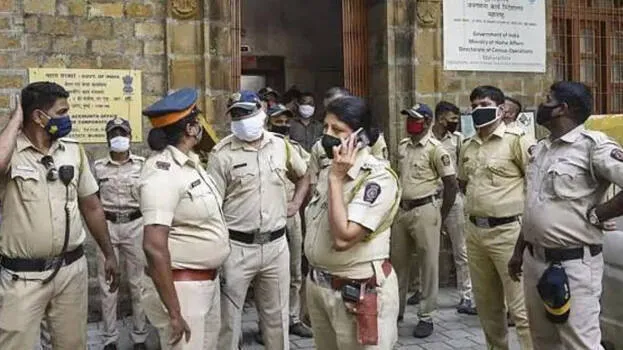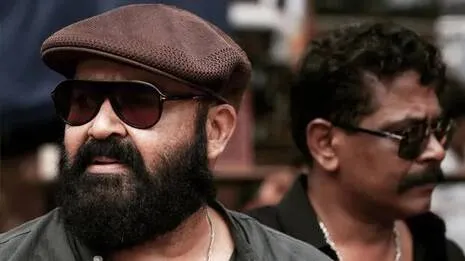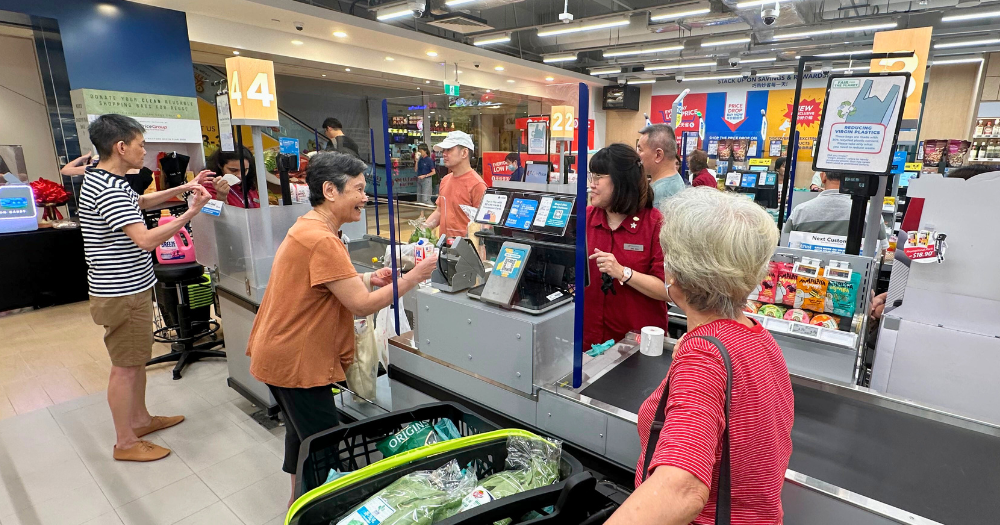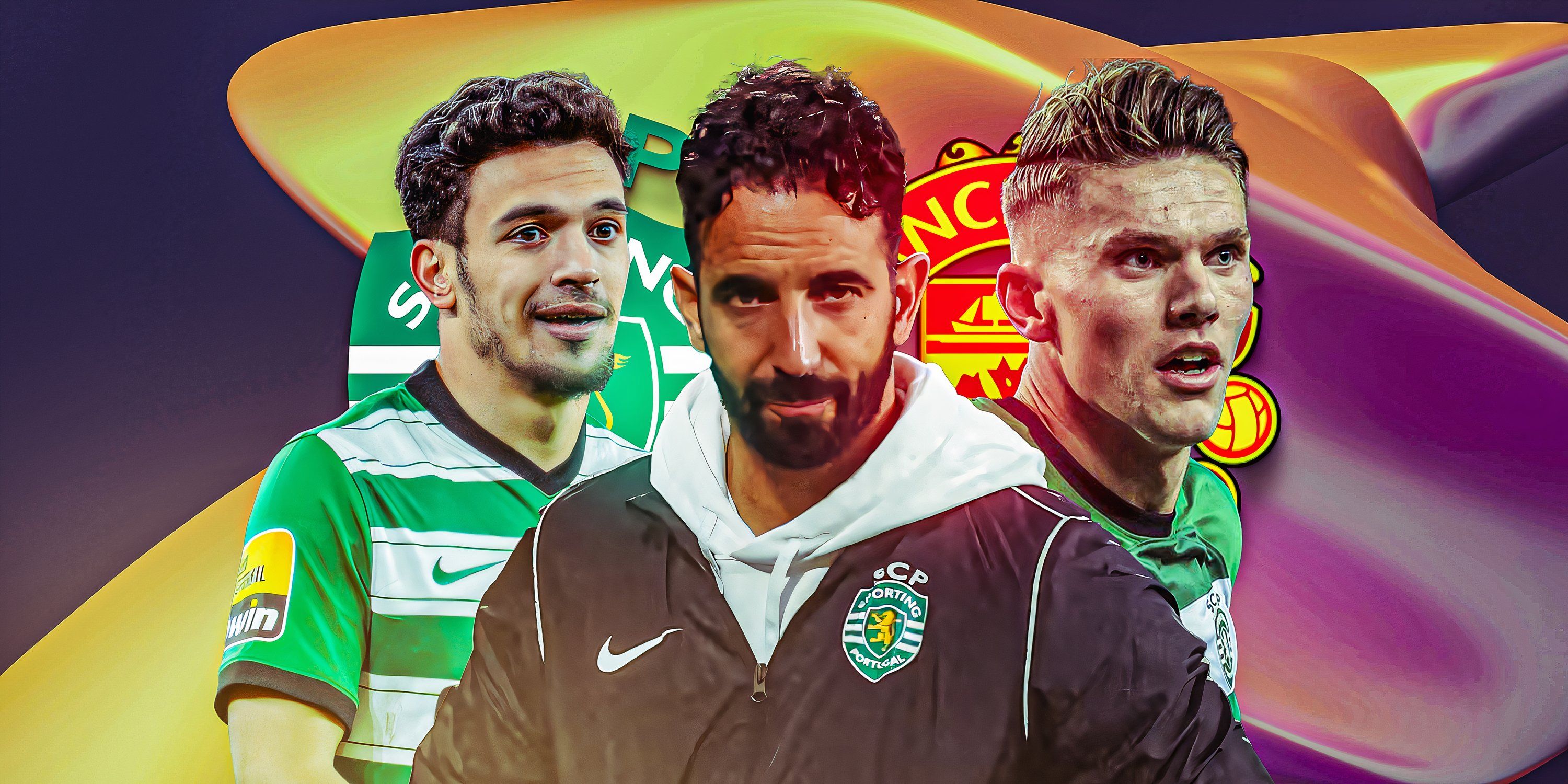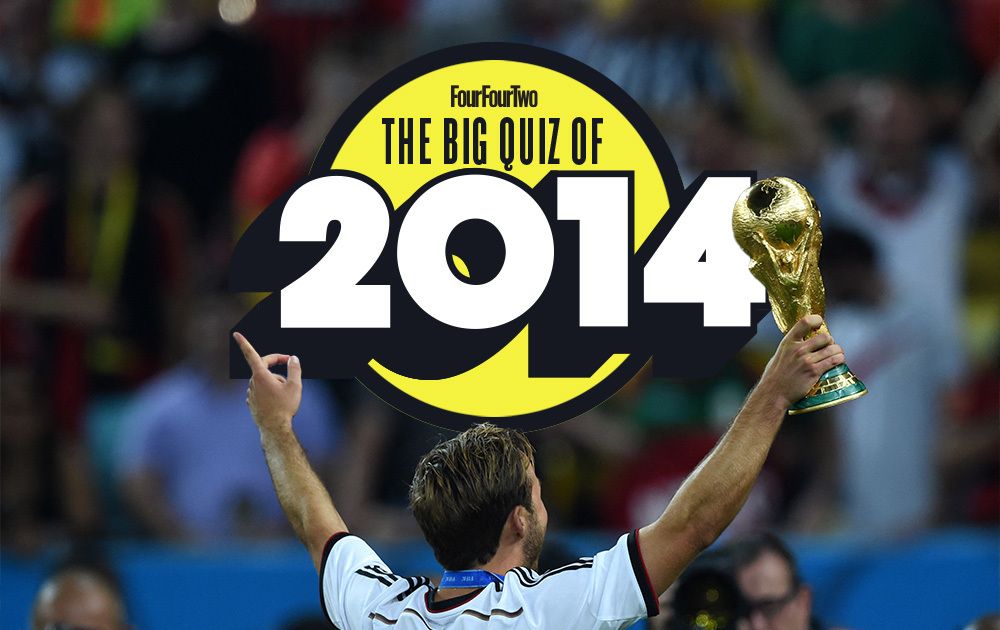
The Socceroos had just had their very unimpressive journey to Bahrain, where Mat Ryan’s goalkeeping errors enabled Bahrain to struck twice, though this time around, Kusini Yengi would salvage a draw as Australia continue to struggle in a chaotic group C only a point ahead of four other teams chasing behind. Sadly, this draw meant the debt against Bahrain in Gold Coast remains unsettled, a gravely missed opportunity caused by Tony Popovic and co. The A-Leagues’ 20th season is on now! Be part of the action in stadium or watch it live.
Following the embarrassing 2-2 draw in Riffa, an old question comes back again: is football really treated as a professional thing in this country? Since the foundation of A-League Men in 2004, the league has operated in a franchise system, which is more in common with the Major League Soccer in the United States; its creation was a bid to allow Australia to join the AFC. Yet it is the same franchise system, combined with the country’s struggle to build up a cohesive management in youth, senior and coaching sections, that contributed to the stagnation of Australian football. While they had a golden era with the 2006 squad, Australia’s inability to build up worthy successors also contributed to the franchise club system that’s lacking engagement with supporters, and their pay-to-play operation of the game, which doesn’t suit well in an environment like this.
Yet at the same time, many Australians appeared to feel that emulating the J.League in Japan is something impossible to achieve. (Photo by Jeremy Ng/Getty Images) Justifying Australia’s inability to emulate the Japanese model has multiple reasons: Japan’s smooth transition, long-term strategy, stronger grassroots movement and, notably, many current Japanese clubs traced their background from the amateur Japan Soccer League.
If they are both true, that also means, while Japan joined the professional game quite late, with the first J.1 League season in 1993, they already had ingredients to make it happen and they just cooked it. If emulating J.
League is that difficult, there is a surprise option, which sounds weird for some but it is also possible: how about applying the Panama model, a template rather unknown but also gains increasing successes, to fix Australia’s ongoing woes? The Central American nation has a fascinating history with football. Though developed during the Colombian rule, when Panama won independence in 1903, football had been left aside. This was because their independence received significant helps from the United States, who wanted to build a canal there.
And because of American influence, Panamanians came to love baseball instead, with American engineers and officials bringing the sport to the country. More Football Panama would remain a baseball nation until the creation of the Asociación Nacional Pro Fútbol (ANAPROF) in 1988 by a group of businessmen who wanted to professionalise football in their country, resulting in the creation of the Liga Panameña de Fútbol (LPF), Panama’s first-ever pro league. But the American invasion a year later resulted in the nascent development of football in the country halting for a decade, as the country was in ruins and desperately needed to be rebuilt.
A major schism during that time in 1996-97 almost resulted in the complete collapse of Panamanian football program, before it was solved. As Panama became stabilised and their economy started to prosper after the invasion, football flourished again. An aggressive campaign to present football as an alternative to baseball proved to be highly effective, with Panamanians slowly switching sports.
This successful campaign coincided with the ever-growing successes of Panamanian football teams at all levels: U20 Panama became the first Panamanian football team to appear at a FIFA event, the U20 World Cup in 2003. Subsequently, progress followed, with the U17 team debuted in the first U17 World Cup in 2011; while the senior team are thrice runners-up in the CONCACAF Gold Cup, before making history with their 2018 FIFA World Cup debut and their grand performance at the 2024 Copa América. Today, Panama are now widely recognised as one of the most improved football nations in the world, an impressive feat for a country of just 4.
3 million people. So, how did they do that? First, transitioning away from franchise model. Many early Panamanian clubs were founded as franchise teams, serving only various business entities.
However, with the lead of Gary Stempel, an Englishman with Panamanian roots and fondly remembered as the “father of Panamanian football”, clubs would slowly transition away from franchises to become more aligned with the European and Latin American-style football clubs that emphasised more on grassroots movement and interaction with local communities. The conversion of the league into the common Apertura-Clausura system common with professional leagues across Latin America in 2001 helped escalate the transition and end the franchise governance of the league. Sports opinion delivered daily Second, Panamanian football officials made extensive campaigns to popularise football as a viable alternative, again under Stempel.
During the 1990s, football in Panama was widely played among the impoverished class, as well as petty criminals and other convicts. Stempel realised these people saw football as the way to escape from hardship, and tapped on it. His heart-and-mind campaign, followed by extensive searches for talents in poor areas, allowed clubs and national teams to begin develop a grassroots base, providing options for people who wanted to search for a better life.
Combined with the inclusive strategy and outreach community programs, they enabled Panama’s future consistency in competitive tournaments while successfully swaying many Panamanians into loving football. Third, strategic investments. Having the base and grassroots movement are required, but investments are also needed.
The development of Panamanian football from the 1990s and 2000s was deeply linked to strong corporation role of FEPAFUT. During this span, FEPAFUT actively sought sponsorships to fund the league, national teams, and grassroots initiatives while also renovating multiple stadiums across the country. Panamanian football clubs are also encouraged to pay more attention to finding sponsorships, often at the local level.
FEPAFUT and clubs also openly lead campaigns to renovate numerous stadiums across the country and build facilities to train youth players. Fourth, structured planning. Given Panama’s football began with a franchise, amateur roots in a country where baseball dominated, it’s the planning of Panamanian football that deservs attention.
Since 2001, with the adoption of Apertura-Clausura system, Panamanians have also demanded more, with the creation of a pyramid football structure given priority. However, the previous structure of the second-tier league (Liga de Ascenso) wasn’t unified due to competing interests. Under President Manuel Arias since 2019, the project was finally drawn out properly, with the introduction of the four other lower divisions in unified forms for the first time.
It marked a turning point in Panamanian football history as the country’s football has finally operated under a pyramid model. The second division, Liga Prom or Segunda División, kickstarted in 2021, while the third-tier division, Liga de Fútbol Nacional/Tercera División, began in September last year. A long-term plan to reinstate promotion and relegation for these leagues after past chaos is also on the table, as Panama seek to become more integrated to the footballing world and break away from its franchise past.
The federation also successfully managed to separate the Copa Rommel Fernández away from the LPF and turned it into the National Cup (Copa Nacional), to become aligned with the world’s schedule. Fifth, good experts. The appointment of Stempel played a key role behind Panama’s miraculous turn in football.
With Stempel’s involvement, FEPAFUT has been able to build up a cohesive plan that followed step-by-step, in which Panamanian football benefited from. Stempel’s influence remains immense in Panama, hence the love the population gives to him. The appointment of Thomas Christiansen Tarín as Los Canaleros’ coach was the product of careful but brilliant strategy implemented by the Panamanian officials to focus on sustainable long-term growth.
By abiding to these points, Panama have now been able to field a high competitive national team today, and Panamanian players are no longer overlooked in the global market. The impact is profound: Puma Rodríguez made history by appearing in a UEFA Champions League match with Red Star Belgrade, while Eduardo Guerrero has played in all four matches of the Europa League this season. Michael Amir Murillo gave Panama another proud record as the first Panamanian to play in one of Europe’s Big Five leagues, as a defender for French outfit Marseilles.
Given the J.League model seems to be out of reach for Australia considering the current state, Panama represent a much cheaper solution. The Panamanian development plan is not big or grandeur, and has a history of controversies due to their franchise start and fraught with difficulties, but progression is sustainable.
While Panama’s rise is slow and not making headlines to a level seen with Japan, it’s persistent and they are now enjoying the wanted rewards, with a strong domestic league, strong football culture, better player and talent pool, and capability to correct their wrongs to move on with the cycle of the common. And their progression will likely continue if they maintain the pace with no interruption. With regard to it, perhaps Bahrain also knew about Panama’s progression even more so.
When the pair first met in a friendly in Riffa in 2005, Bahrain, at the time having a golden generation, trampled Panama in a historic 5-0 victory. Yet when they again met in 2022, Panama’s progression was immense and had far greater depth than before, thus Los Canaleros repaid it with a 2-0 win also in Riffa. Maybe Panama could offer Australia a chance to fix their league and the whole national teams, both now are in total crisis, on how to make it right.
.



